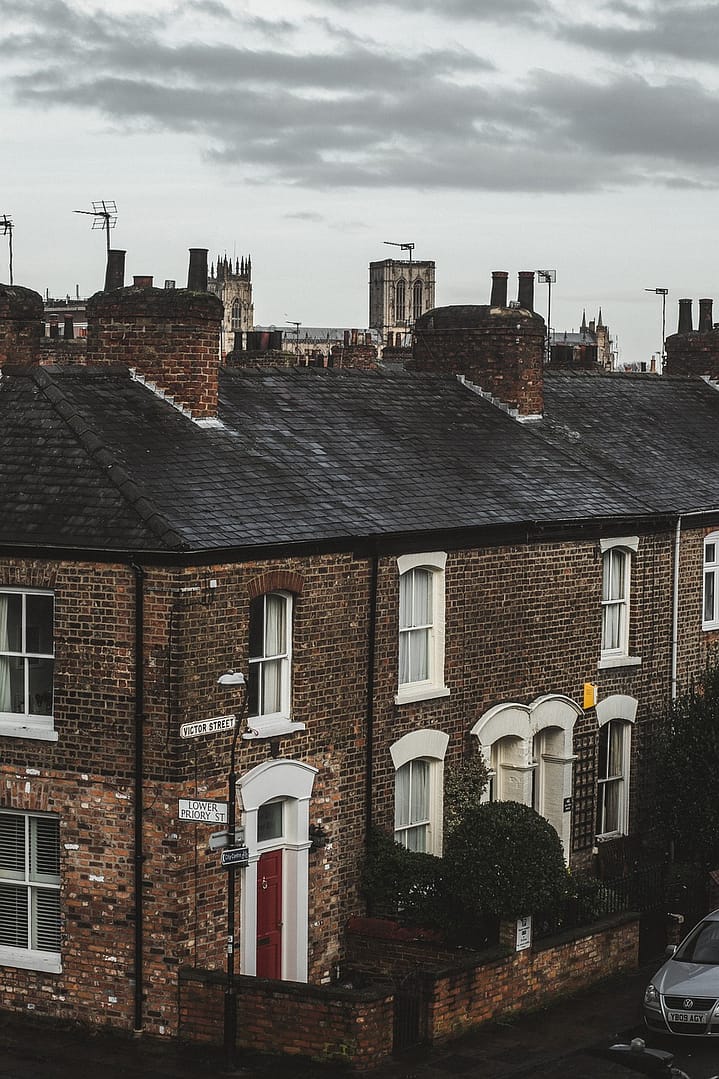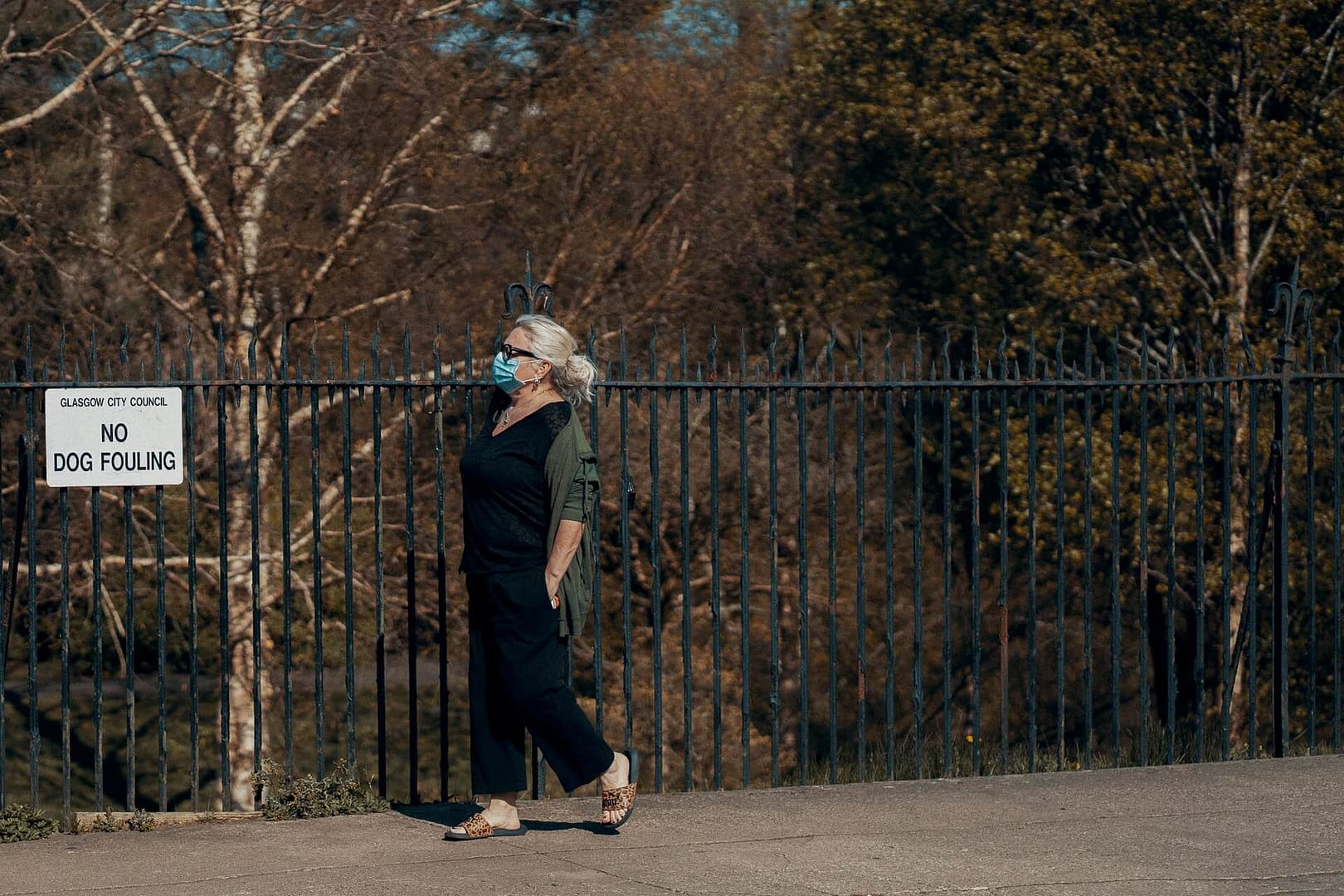Asbestos, a once-popular building material, poses a significant health risk in many UK houses, particularly those built before the year 2000. Understanding the risks, identifying the presence of asbestos, and safely managing or removing it is crucial for the well-being of homeowners and occupants. This comprehensive guide delves into the complexities of asbestos risks in UK homes, providing valuable insights into identification and removal. We will also highlight how you can start a housing disrepair claim.
The Lurking Menace: Asbestos and Its Health Hazards
Asbestos, a group of naturally occurring fibrous minerals, was widely used in construction due to its durability, fire resistance, and insulating properties. However, when asbestos-containing materials (ACMs) deteriorate or are disturbed, they release microscopic fibres that can be inhaled. These fibres can lodge in the lungs, leading to serious health conditions such as lung cancer, mesothelioma (a rare and aggressive cancer), and asbestosis (a chronic lung disease). The UK government has banned the use of asbestos since 1999, but it remains a hidden danger in older homes.
Identifying Asbestos: A Critical Step Towards Safety
Identifying asbestos in UK homes requires a cautious and informed approach. It is crucial to remember that asbestos is often hidden within various building materials and can be difficult to recognise without professional expertise. Common areas where asbestos might be found include:
- Insulation: Asbestos was commonly used for insulation in walls, ceilings, pipes, boilers, and roofs.
- Flooring: Vinyl floor tiles, linoleum, and certain adhesives used in older homes may contain asbestos.
- Roofing: Corrugated asbestos cement sheets and roofing tiles were widely used in the past.
- Textured Coatings: Decorative textured coatings on walls and ceilings, such as Artex, may contain asbestos.
- Gaskets and Seals: Asbestos was used in gaskets and seals around doors, windows, and appliances.
If you suspect the presence of asbestos in your home, it is essential to seek professional assistance. A qualified asbestos surveyor can conduct a thorough inspection and identify any ACMs. It is important not to disturb any materials that you suspect may contain asbestos, as this could release harmful fibres into the air.
Safe Asbestos Management: Options for Homeowners
Once asbestos has been identified in your home, it is crucial to determine the best course of action. There are three main options available:
- Leave it alone: If the ACMs are in good condition and not likely to be disturbed, it may be safe to leave them in place. However, regular monitoring is necessary to ensure their condition does not deteriorate.
- Encapsulate or seal: This involves applying a sealant to the ACMs to prevent the release of fibres. This option may be suitable for materials in good condition but with a risk of becoming damaged.
- Remove: In some cases, removal may be the most appropriate course of action, especially if the ACMs are in poor condition, damaged, or located in areas prone to disturbance. Asbestos removal should only be carried out by licensed professionals who have the necessary training, equipment, and expertise to handle asbestos safely.
The decision on how to manage asbestos should be made in consultation with a qualified asbestos professional who can assess the risks and recommend the most appropriate course of action based on the specific circumstances of your home.
Safe Asbestos Removal: A Specialist Endeavour
Asbestos removal is a highly specialised process that must be carried out with utmost care to minimise the risk of fibre release. Only licensed asbestos removal contractors should undertake this work. The removal process typically involves:
- Containment: The area where asbestos is being removed is sealed off to prevent the spread of fibres.
- Personal Protective Equipment (PPE): Workers wear specialised PPE, including respirators and disposable overalls, to protect themselves from asbestos exposure.
- Removal Techniques: Different techniques are used depending on the type and location of the ACMs. Wet removal methods are often used to minimise dust.
- Waste Disposal: Asbestos waste is carefully bagged and disposed of in accordance with strict regulations.
- Air Monitoring: Air monitoring is conducted during and after the removal process to ensure fibre levels are within safe limits.
Cost of Asbestos Removal in the UK
The cost of asbestos removal in the UK can vary depending on several factors, including:
- The type and amount of asbestos present: The more asbestos there is, the higher the cost.
- The location of the asbestos: Asbestos located in difficult-to-reach areas may be more expensive to remove.
- The complexity of the removal process: Some types of asbestos require more specialised removal techniques, which can increase the cost.
- The chosen asbestos removal contractor: Different contractors may have different pricing structures.
On average, the cost of asbestos removal in the UK can range from £500 to £2,000 per day. It is essential to obtain quotes from several licensed contractors to ensure you are getting a fair price.
Making a Housing Disrepair Claim for Asbestos Exposure with National Claims
At National Claims, we understand the devastating impact that asbestos exposure due to housing disrepair can have on your health and well-being. If you believe you or a loved one has suffered harm due to the presence of asbestos in your home, we are here to help you seek the justice and compensation you deserve.
We recognise that each case of asbestos exposure is unique, and we’re here to offer a free, no-obligation consultation to discuss your specific circumstances. During this consultation, we’ll listen attentively to your concerns, carefully review any evidence you have—such as medical records and details of the property’s condition—and assess the potential strength of your claim.
Our team will then connect you with a solicitor from our panel who specialises in housing disrepair claims involving asbestos exposure. This ensures you receive the expert legal representation needed to navigate the complexities of your case, including proving the link between your health condition and asbestos exposure in the property.
Don’t let housing disrepair and asbestos exposure go unchallenged. Contact National Claims today for your free consultation and take the first step towards obtaining the justice and resolution you deserve.
*Customers pay up to 25% (incl. VAT) of the amount recovered towards solicitor costs and if you cancel outside your cooling off period, you may be charged a fee.
Contact us today to speak to one of our claims agents who will be able to help you get started on your claim.
Click below to see why we are one of the most trusted claims management companies in the UK.

We’re proud of our excellent customer reviews
We thrive on delivering exceptional service and ensuring our clients’ satisfaction. Don’t just take our word for it. Check out some of our independent reviews to see what our clients have to say.
Excellent

This firm is excellent, they sorted out my car pay out and injury claim very fast, they always communicate with you all the time.

My accident case was dealt with confidence and with great result of the outcome, especially James kept me informed all the time.

I was very impressed at the way my inquiry was treated. I was listened to attentively and everything I needed to know was explained to me.






